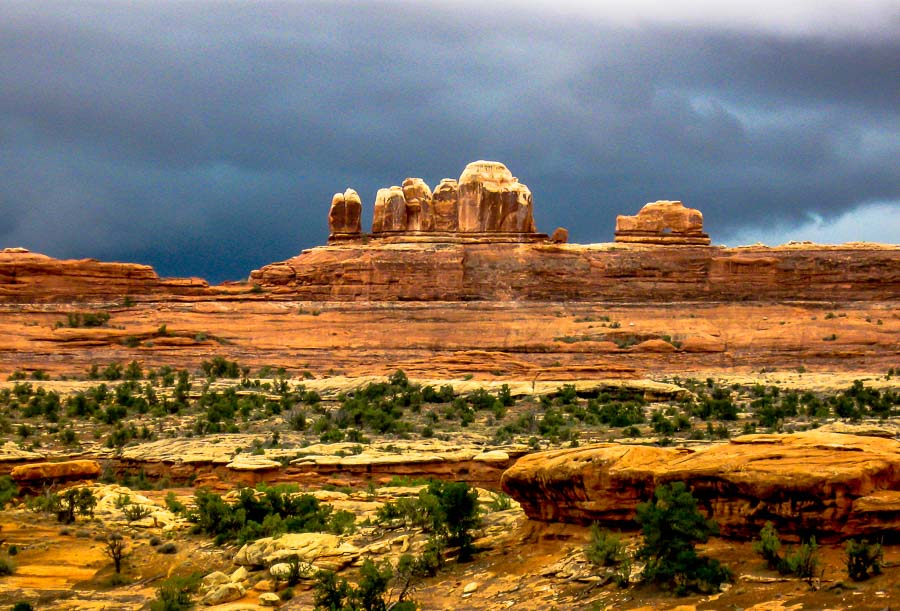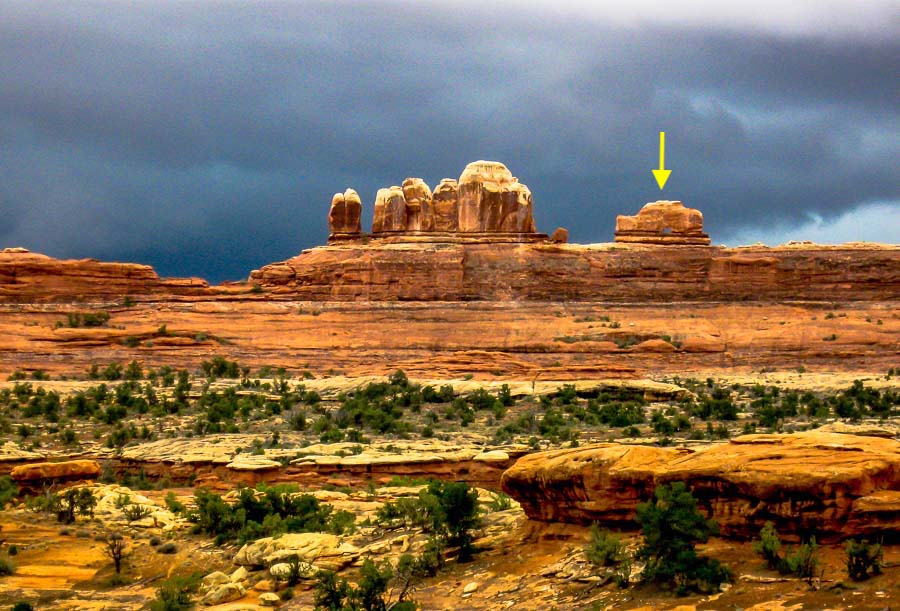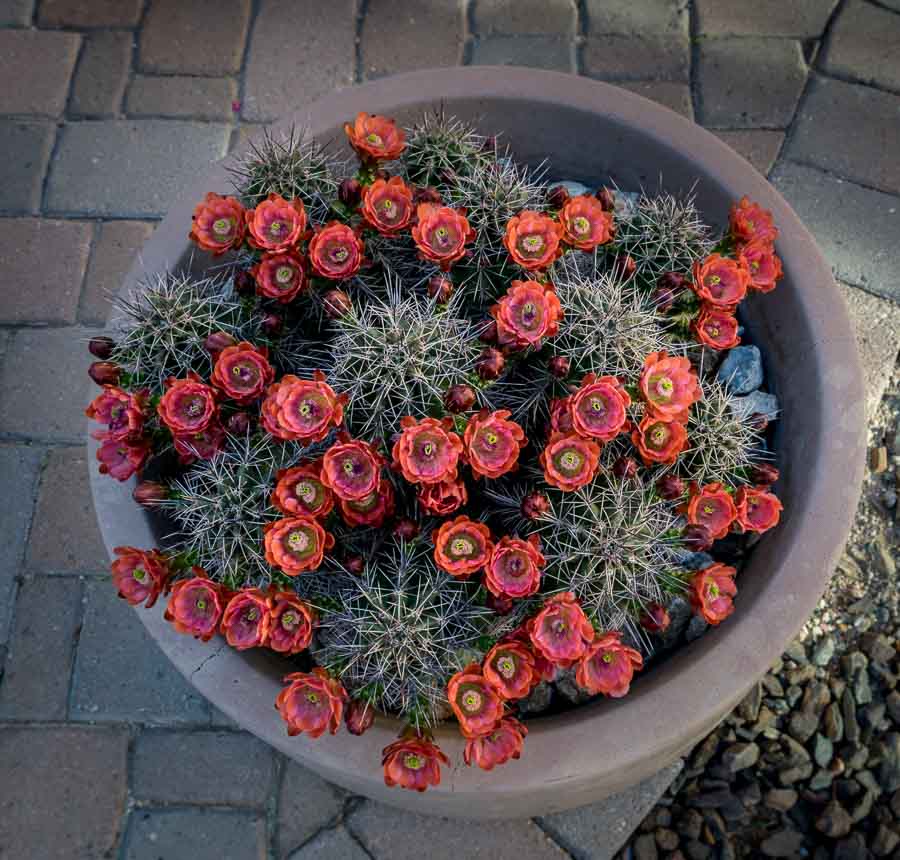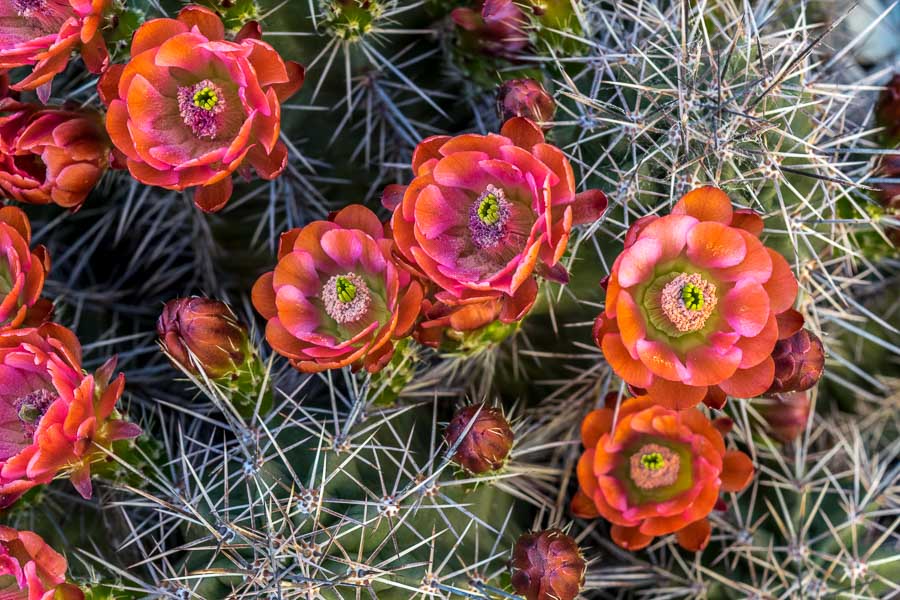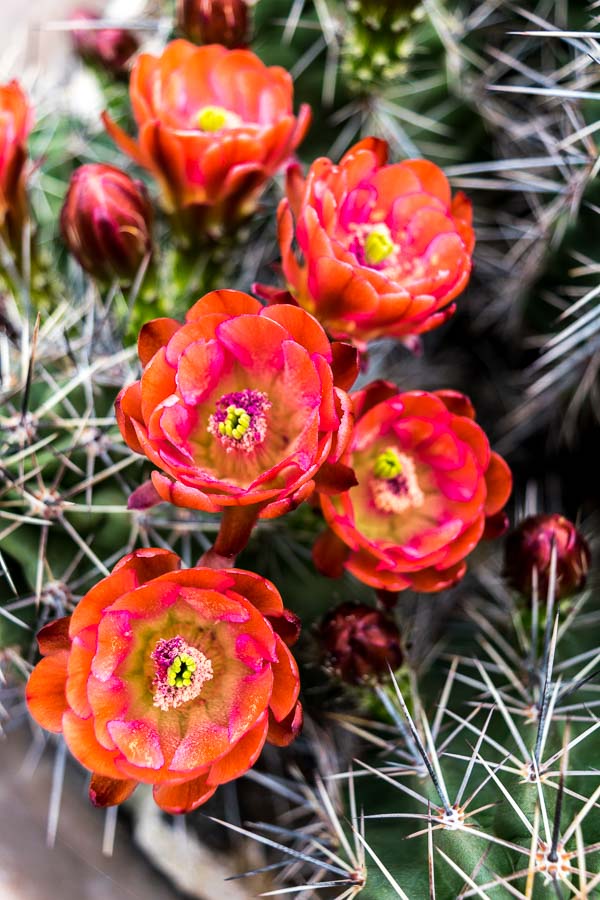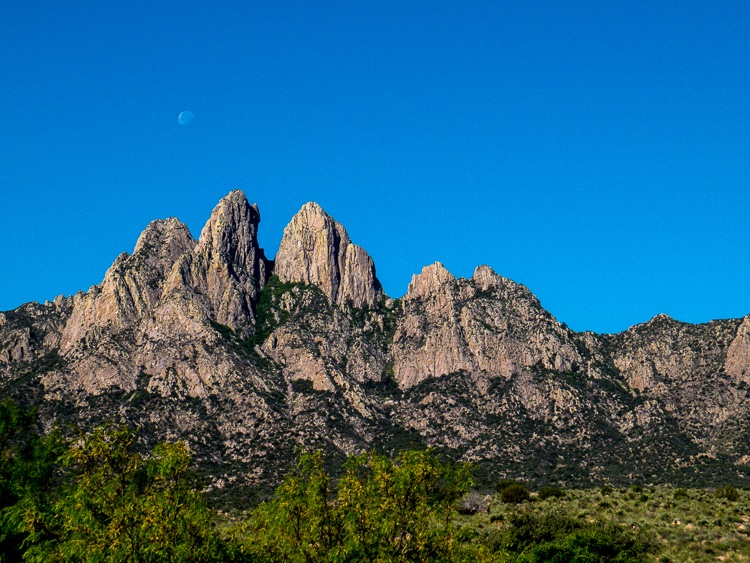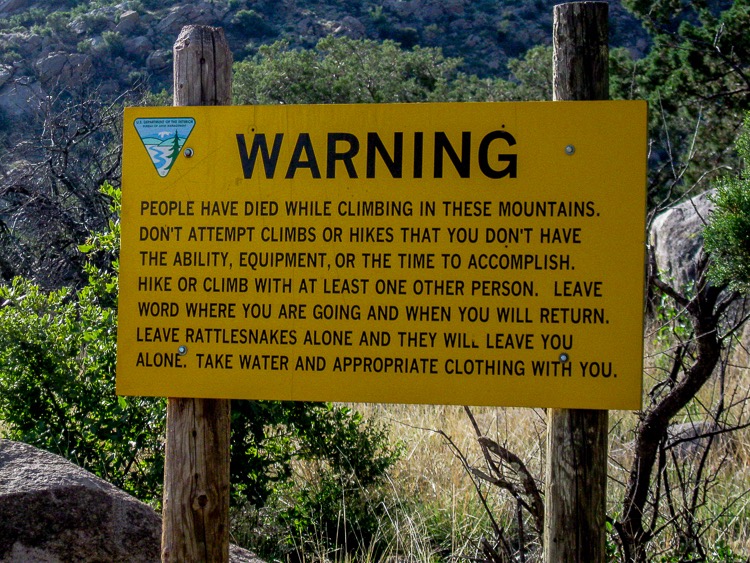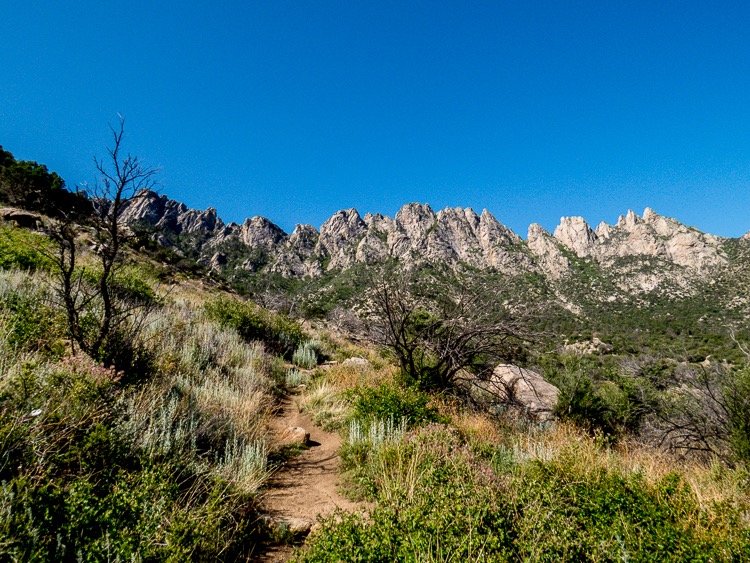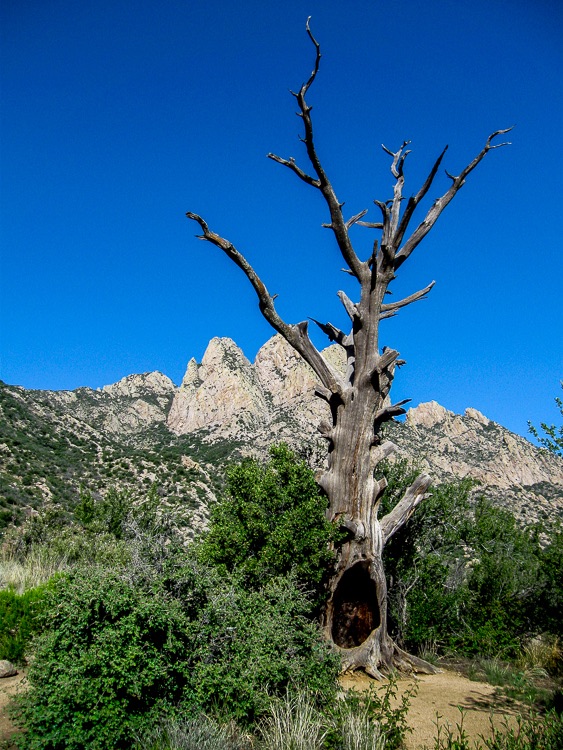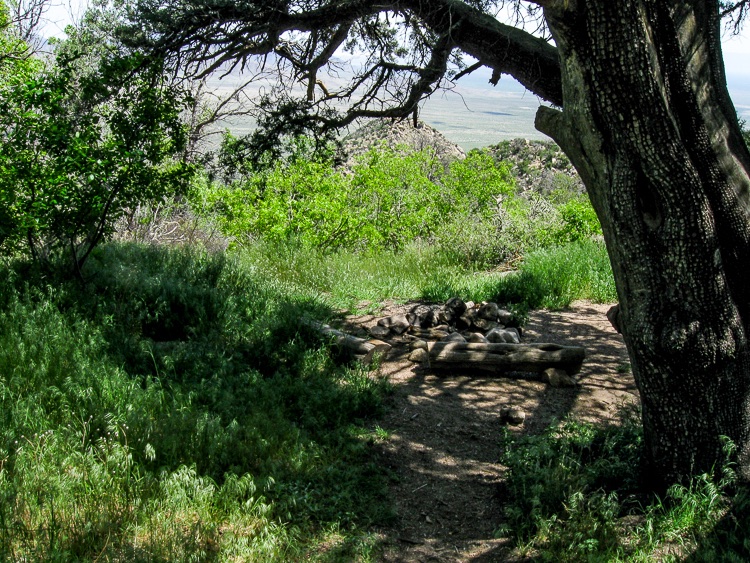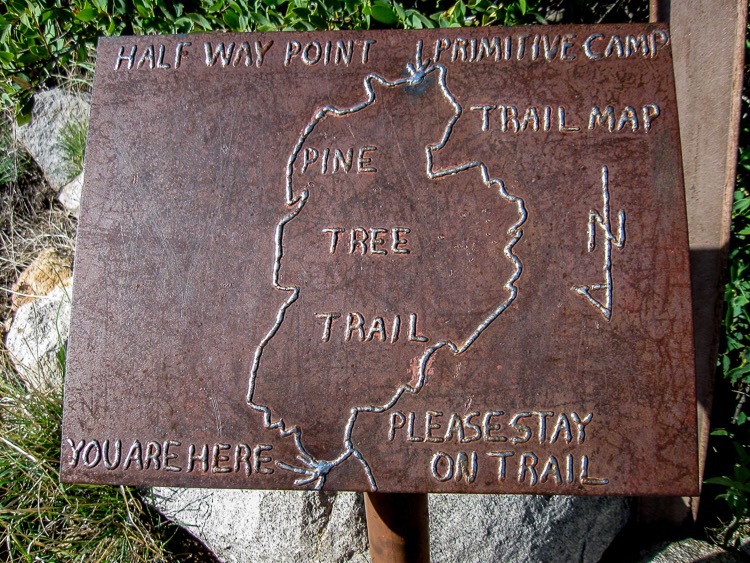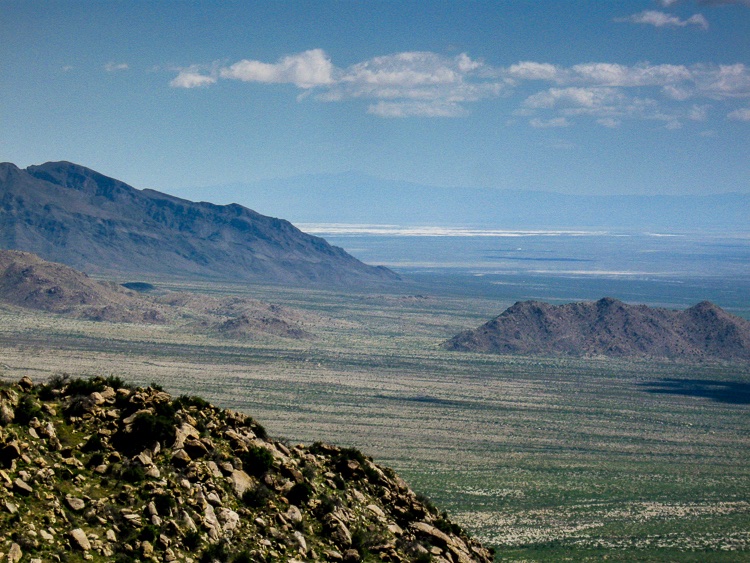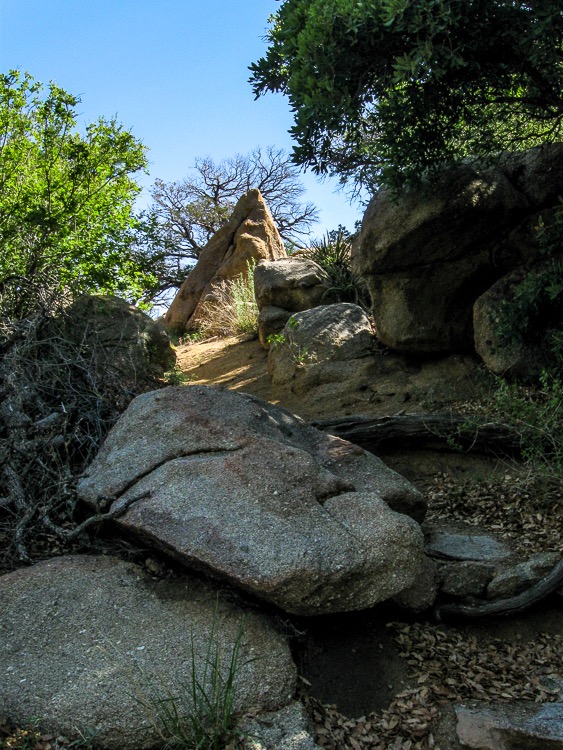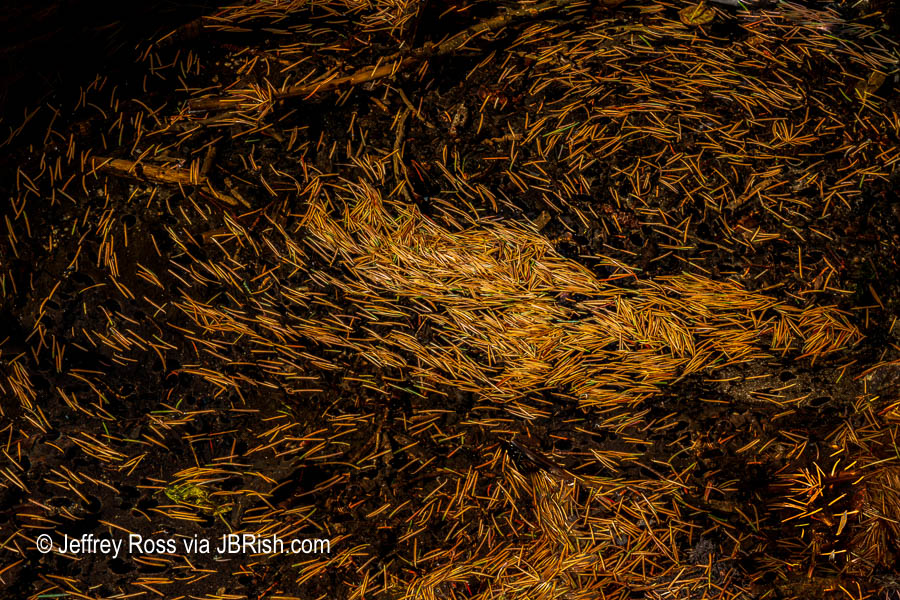
After hiking for more than a week in Yellowstone National Park, we moved on to Red Lodge, Montana to continue our adventure. We decided to explore a course along the Silver Run Plateau, Trail #102, Loop #3 just outside of town.
The first part of the loop was quite rocky with boulders and large rocks buried in and around the path. The return half of the hike, however brought us nearer to the river which had much better footing and more intersting views. Along the way, we passed a feeder stream that had a very slow, but consistent flow. A large number of pine needles were “caught” in a side channel and they were swirling around in a somewhat circular motion as the water worked its way around some rocks and debris.
The pattern was very appealing and I found that watching the movement was similar to playing with a kaleidoscope.
**********
Metadata
File Name: DSC_3958.NEF
Capture time: 11:18 AM
Capture date: Sept. 17, 2018
Exposure: 1/100 sec @ f/11
Focal Length: 55mm
ISO: 100
Camera: Nikon D3300
Lens: 18.0 – 55.02mm f/3.5-5.6
Edited in Lightroom & Photoshop
**********
See more photography posts HERE and visit Jeff’s Instagram site HERE
**********
All original content on this blog is copyrighted by Jeffrey B. Ross with ALL Rights Reserved. While reference links back to JBRish.com are appreciated and encouraged, please acquire approval for any reproduction of original content from this website.
©Jeffrey B. Ross 2014 – 2018 – JBRish.com
